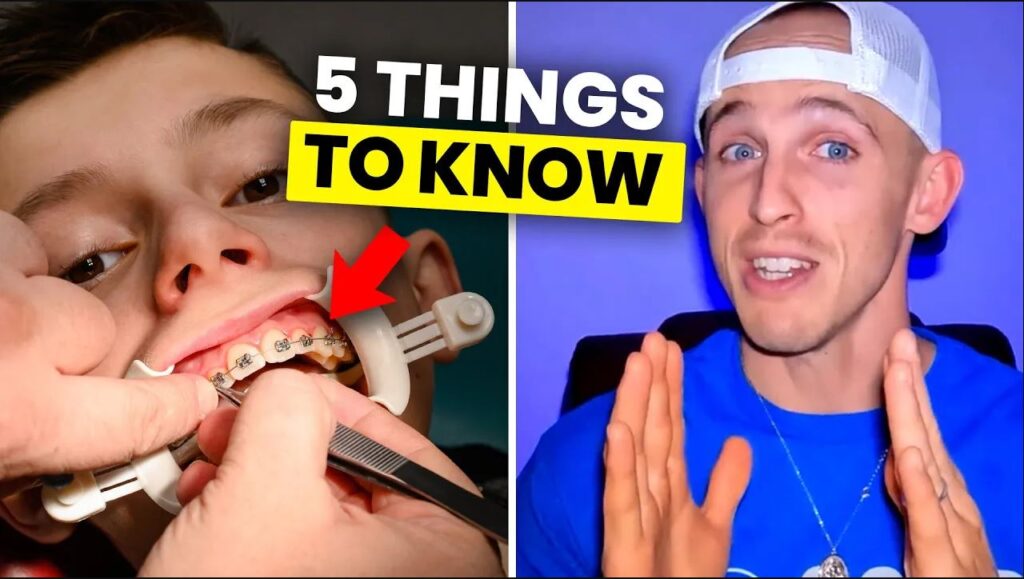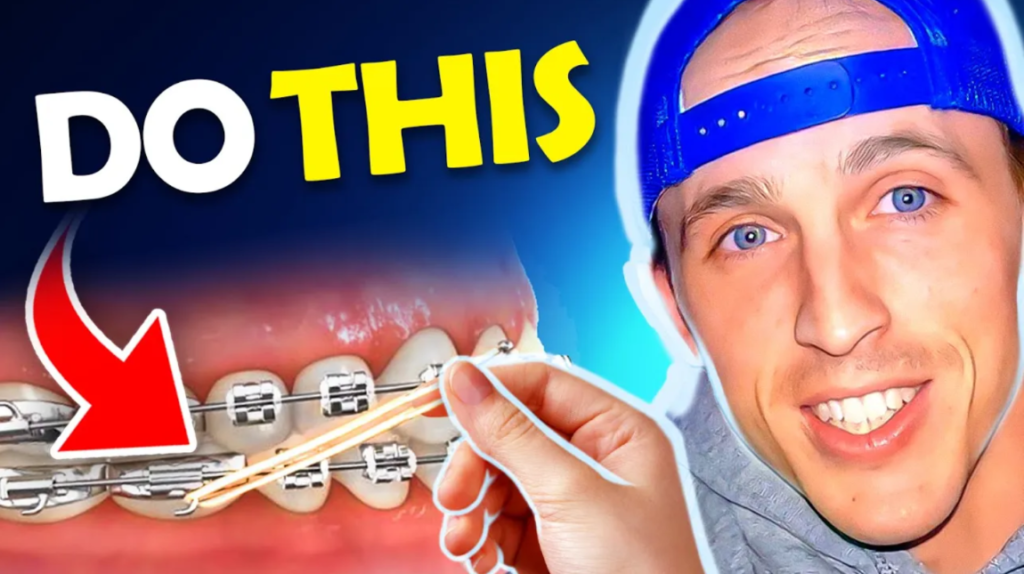Understanding Overjet Bite: When and Why to Correct It - Packard Family Orthodontics in McKinney and Anna Texas
January 10th, 2024

Welcome to Packard Family Orthodontics, your trusted orthodontic practice in McKinney and Anna, Texas. If you or your loved ones have concerns about overjet bite, you've come to the right place. In this blog post, we will delve into the causes of an overjet bite and when it should be corrected. You will learn the need to know about this common dental issue and how we can help you achieve a beautiful, healthy smile.
What is Overjet Bite?
An overjet bite, often referred to as "buck teeth" or "protruding teeth," is a common orthodontic problem that occurs when the upper front teeth extend too far forward over the lower front teeth. This condition can lead to both cosmetic and functional issues, which is why many individuals seek orthodontic treatment to correct it.
Causes of Overjet Bite:
Several factors can contribute to the development of an overjet bite, including:
- Genetics: Your family history plays a significant role in your dental health. If you have a family history of overjet bite, you may be more likely to develop it.
- Thumb-Sucking or Pacifier Use: Prolonged thumb-sucking or pacifier use during childhood can push the front teeth forward, leading to an overjet bite.
- Tongue Thrusting: Some individuals have a habit of thrusting their tongue against their front teeth when swallowing, which can push the upper teeth forward over time.
- Jaw Growth: Irregular jaw growth patterns can also contribute to an overjet bite. An underdeveloped lower jaw or an overdeveloped upper jaw can result in this condition.
When Should an Overjet Bite Be Corrected?
Correcting an overjet bite is essential not only for aesthetics but also for your oral health and overall well-being. Here are some key reasons why you should consider orthodontic treatment for overjet bite correction:
- Improved Aesthetics: A protruding front teeth can affect your confidence and self-esteem. Correcting an overjet bite can help you achieve a more balanced and attractive smile.
- Better Speech and Pronunciation: Overjet bites can interfere with proper speech and pronunciation. Orthodontic treatment can improve your ability to speak clearly.
- Reduced Risk of Injury: Protruding teeth are more susceptible to trauma, especially in contact sports or accidents. Correcting the overjet can help protect your teeth from injury.
- Enhanced Dental Health: Overjet bites can make proper oral hygiene more challenging, increasing the risk of cavities and gum disease. Correcting the bite can improve your dental health.
- Functional Improvement: Properly aligned teeth and jaws ensure efficient chewing and biting, which can aid digestion and overall well-being.
Bottom Line:
Understanding the causes and potential consequences of an overjet bite is the first step towards making informed decisions about your oral health. Packard Family Orthodontics, with locations in McKinney and Anna, Texas, is here to provide you with the knowledge and expertise you need to make the right choices for your dental well-being. Don't hesitate to reach out for a consultation to explore your options and take steps towards a healthier, more confident smile. Book your consultation with Dr. Packard here!







